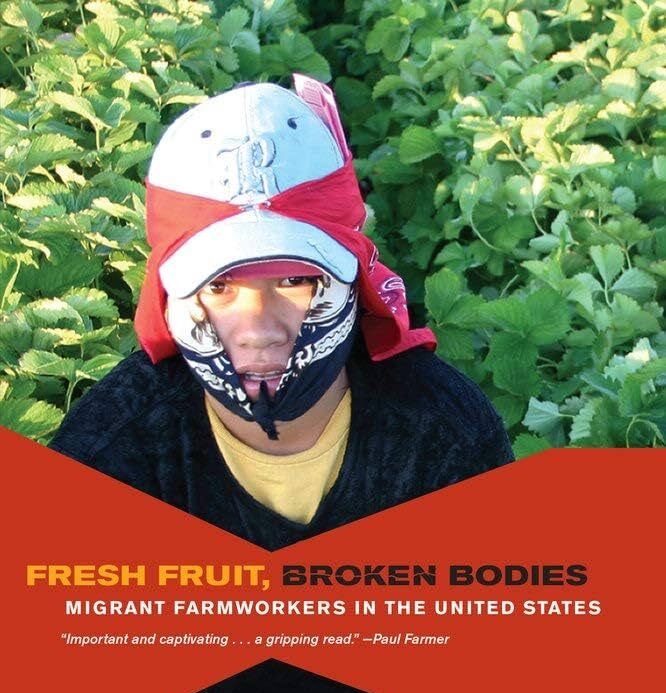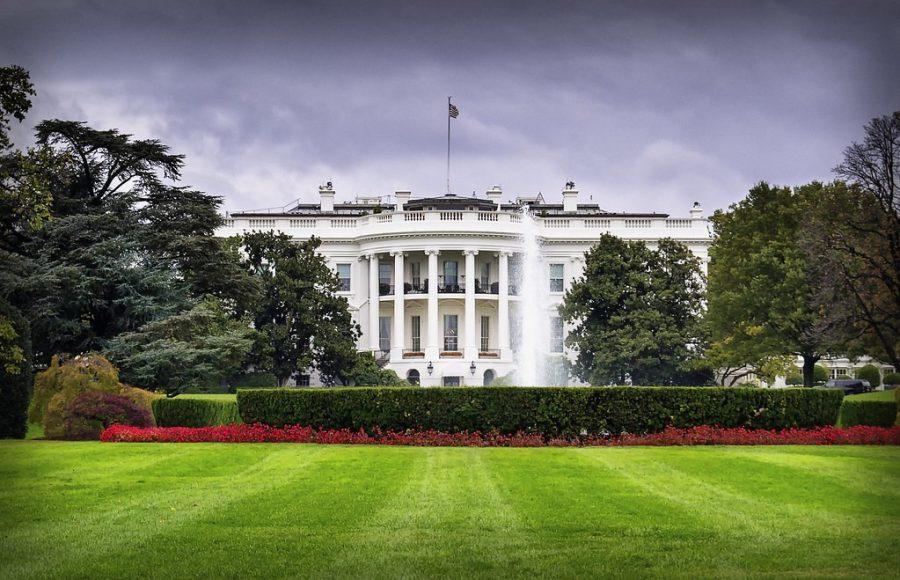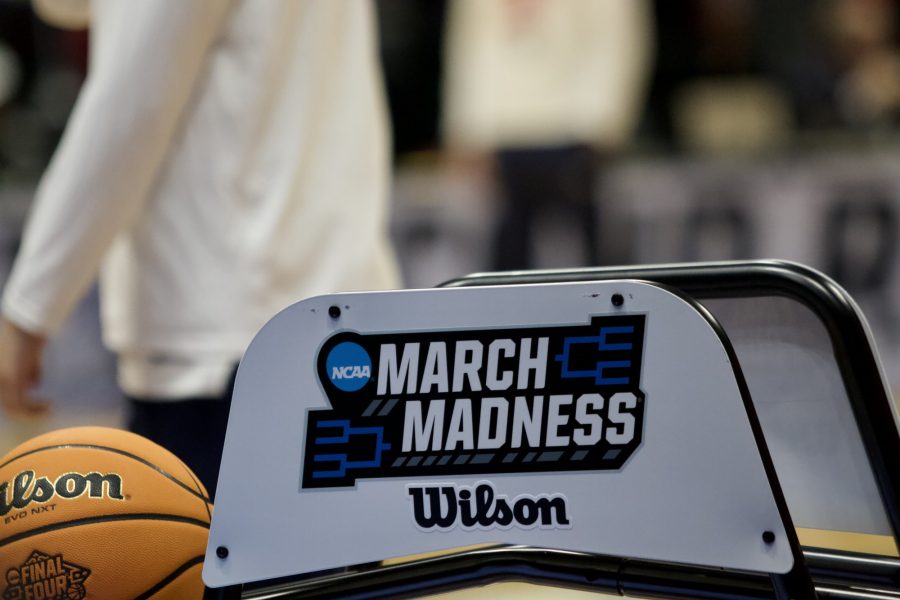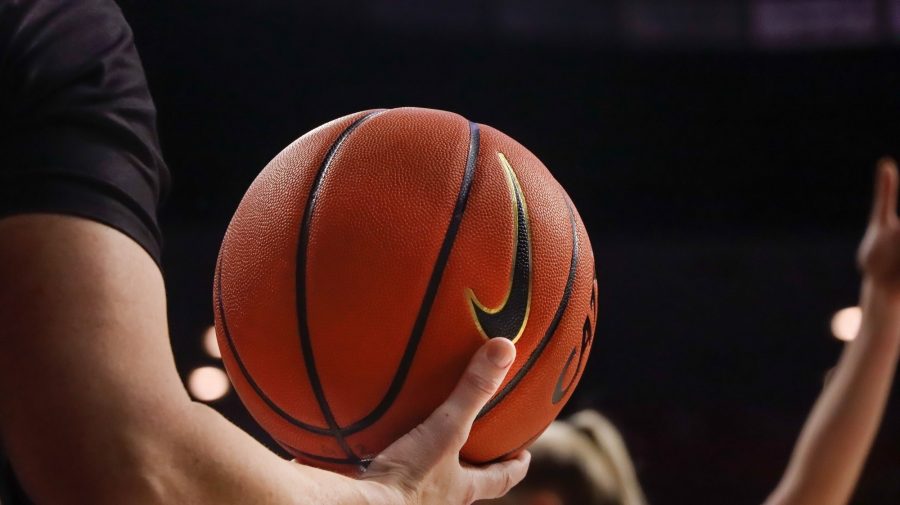This Saturday will mark the 95th Homecoming for the university, and those aged 21 to 91 will enjoy the festivities on the UA Mall, beer in hand. Unfortunately, many current students will not be attending the festivities. Thanks to “”increased enforcement efforts”” funded by the federal Department of Health and Human Services, students have been encouraged to eschew this tradition in favor of house parties, unsanctioned events rampant with the drinking abuses that this program sought to mitigate.
It is just one example of the “”out of sight, out of mind”” attitude when it comes to drinking by young adults, an approach that chooses to ignore the unintended consequences of “”Legal Age 21.”” As these associated costs accumulate — ranging from lost revenue for local businesses to lost lives — it becomes more and more imperative to have a frank discussion about modifying the status quo.
Although Campus Health Service is reticent to admit it, drinking can actually be quite a good thing — such an underachiever as Benjamin Franklin declared that beer “”is proof that God loves us and wants us to be happy.”” The rub lies in the amount. Assuming a drinking citizenry (a more-or-less constant since 4,000 B.C.E.), there would seem to be a public interest in encouraging moderate consumption at the expense of binge drinking.
Legal Age 21 does completely the opposite. While those of legal age are free to buy a six-pack at Fry’s, go to a bar or even brew their own, college students aged 18-20 have no such freedom — if they want to drink, they must go wherever opportunities are available. Without the protection of a bar or other establishment, these students are driven to underground house parties. Too often, such invites come courtesy of 21+ males interested in females who have yet to reach legal age — and the assumed quid pro quo leads to discomfort at best, and sexual assault at worst.
Much handwringing is devoted to the issue of “”peer pressure,”” but those supposedly concerned with student health ignore the fact that the current laws lead to more peer pressure, rather than less. The attendant at Fry’s does not encourage his customers to down beer bongs in aisle five, nor do the baggers slip drugs into your purchases. Even if a 20-year-old simply wants one drink, he or she must go to a party setting — and one drink rarely cuts it in such an environment. Through such conditioning, students are made unaware of the concept of “”moderate drinking.”” Social mores relating to alcohol are shaped entirely in these circumstances, and the “”drinking culture”” so decried by administrators is a direct result of their prohibitionary practices.
The age has also encouraged disrespect for the rule of law, a basic underlying principle of civil society. While theft and other serious crimes are rampant on campus, UAPD devotes far too many of its resources playing cat-and-mouse across campus, catching easy Keystone bait while the real criminals remain at large. Rather than viewing the police as protectors, students learn to view them with a jaundiced eye.
Thanks to the combined efforts of campus administrators and rowdy party animals, underage students are forced to choose between binge-drinking and stone-cold sobriety. Are we really surprised when so many choose the former?
These behavioral insights were confirmed in a 2008 survey of Arizona college students, which found that although overall alcohol use was higher among students over 21-years-old, heavy alcohol use was more prevalent for underage students. Further, freshmen students reported higher BAC levels than any other class, and sophomores finished second. Contrary to the neo-prohibitionist rhetoric and policies that inundate university administration, there is such a thing as responsible drinking.
At the very least, the situation on the ground demands a reconsideration of the current drinking-age regime. The university is ostensibly founded on the spirit of free inquiry based on facts, and there is no reason that it should put the blinders on for an issue that affects the majority of its students.
Enter the Get REAL Initiative (http://tr.im/getrealcr). Courtesy of the non-profit Choose Responsibility, this project encourages student government leaders to do three things: “”to recognize the intended and unintended consequences of Legal Age 21; to acknowledge that 18-20 year-olds are adults in all respects but one (i.e. the ability to purchase/consume alcohol); and to consider alternatives to Legal Age 21 that will create a safer environment on college campuses, and better prepare young adults to make responsible decisions about alcohol use.””
Based on the Amethyst Initiative (which was aimed at college presidents), this modest pledge similarly does not require student body presidents to take any formal stand on what the drinking age should be. It simply wants these leaders to be open to conversation. Last year, UA President Robert Shelton showed his true prohibitionist colors when he refused to sign the Amethyst Initiative. Will our student leaders do any better?
— Evan Lisull and Connor Mendenhall, former Daily Wildcat columnists and current UA students, blog at desertlamp.wordpress.com








